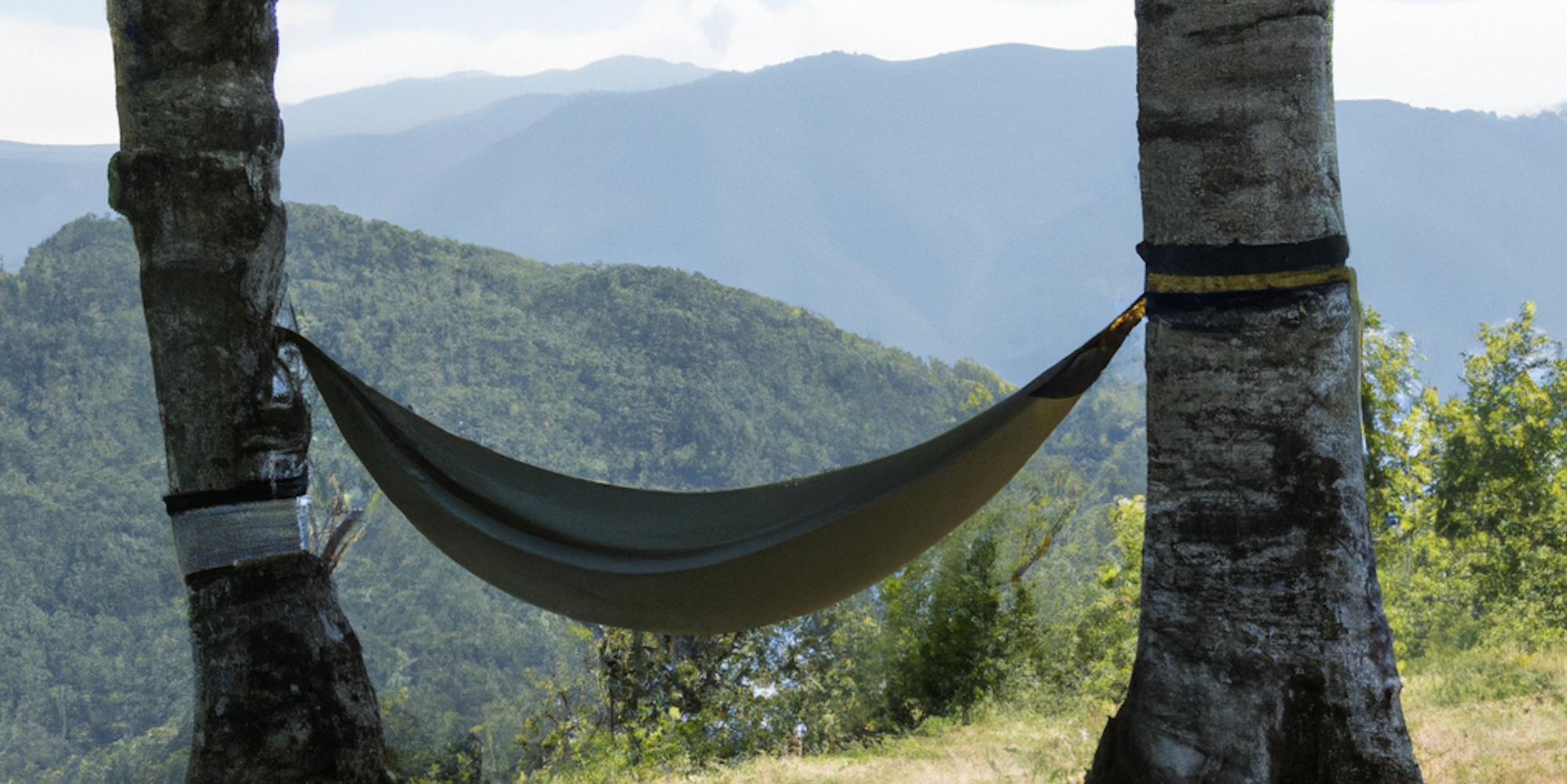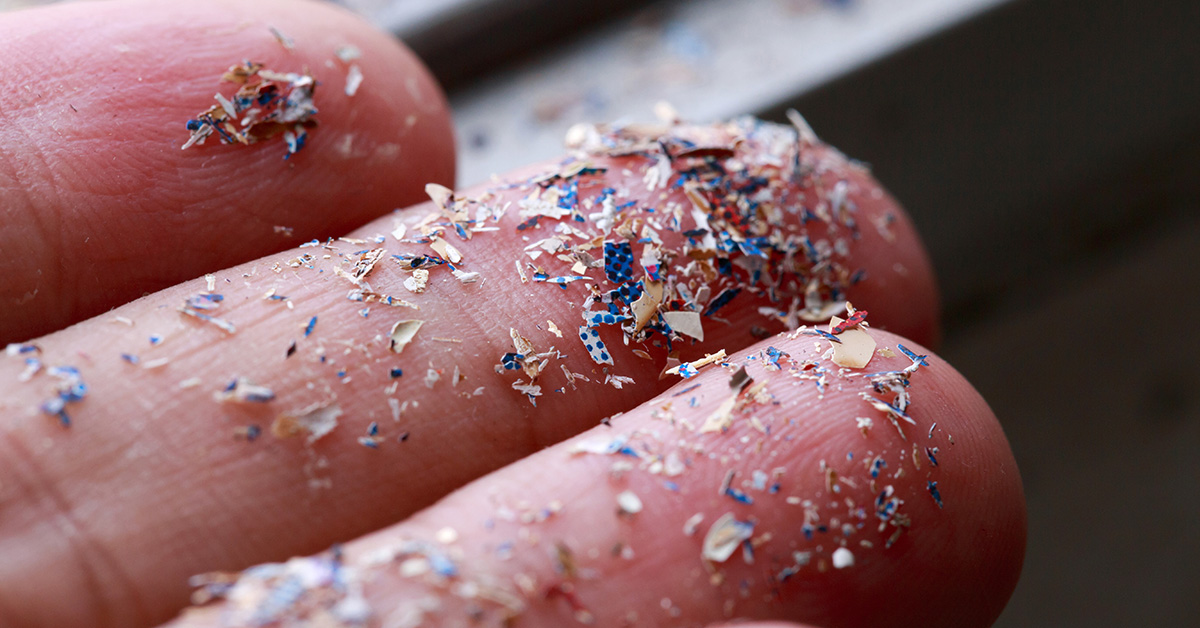Table of Contents
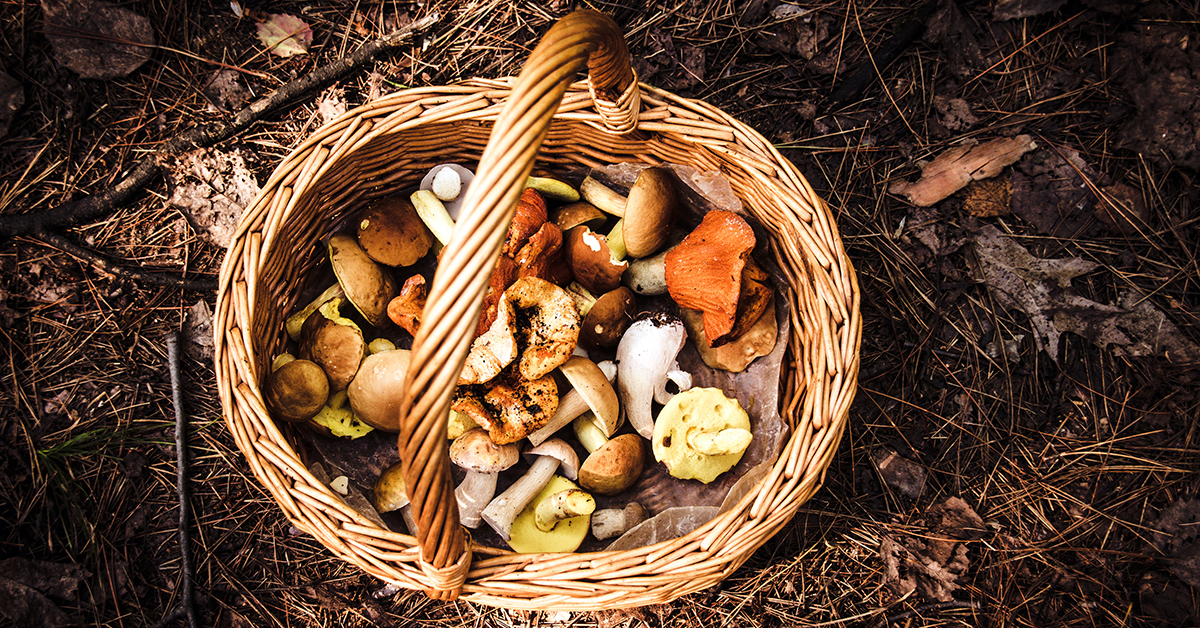
Mushroom Foraging Etiquette: Fact VS. Myth
Most of us have heard the sayings, “Leave No Trace” and “Take only photos, Leave only footprints” So how, as a new forager, do we rectify these values built around not harming our natural spaces with collecting mushrooms to eat?
We are going to start with addressing some foraging myths and then talk about what foraging responsibly actually looks like.
Should I Pick or Cut Mushrooms During Harvest?
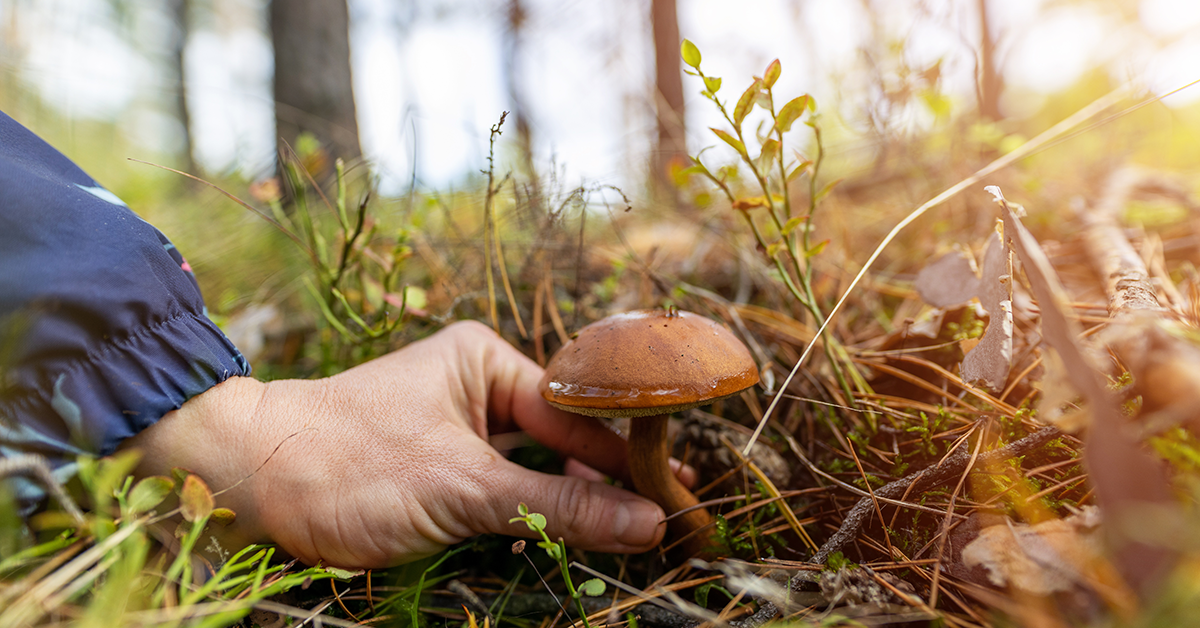
First is the age old cut versus pick debate. You will hear folks say that you have to cut the mushrooms off at the base so you do not disturb the soil and the mycelium. The thinking is that by picking them, you are damaging the mycelium and will hurt the underground fungal system. But what does scientific research have to say about it?
Pick, Don’t Cut
In one long term, on-going study¹, researchers are picking all the fungi from 3 10x10 plots, cutting all the fungi from 3 10x10 plots and have 4 non-harvested 10x10 plots to act as controls. Over the last 33 years, the data shows that the plots being picked have slightly higher production rates than the control plots and the cut plots have slightly lower production rates than the control plots. Researchers believe that by leaving the cut stump, it may leave an open wound for pathogens to enter and affect the mycelium. Another study² done in Switzerland had similar results, showing little difference between cutting and picking. As long as you are not digging up mushrooms with a shovel, the little bit of disturbance to the mycelium is not lowering productivity and may actually stimulate more mushroom production in some species. The verdict? Pick, don’t cut, but it ultimately probably makes little difference.
Should I “Thump” Mushrooms To Spread Spores?
Another piece of advice you will hear tossed around is to collect your mushrooms in a basket so they can continue to drop spores. You may also hear folks advise thumping your mushrooms before picking them.
Thumping Doesn’t Make A Significant Difference, But Doesn’t Hurt Anything
Baskets are great for foraging because they keep more delicate mushrooms from getting crushed and allow air circulation that helps keep them in good condition until you get home, but realistically they are probably doing little to help propagate. By the time a fruiting body is mature, they are dropping BILLIONS of spores. The few that may drop off through your basket or via thumping are negligible, but if it makes you feel more connected to the forest to do it, thump away! It certainly isn’t hurting anything.
Should I Limit The Number Of Mushrooms I Collect?
Folks who were raised with ethical harvesting of plants may have learned not to harvent any more than 5% of a particular plant in an area. This is great advice for plants but does not apply to fungi. Remember that Plantae and Fungi are two entirely different Kingdoms, just as Animalia is an entirely different kingdom, and many of the rules for plants do not apply to fungi.
Tho It Won’t Affect Future Production, We Should Harvest Ethically
The Oregon study mentioned above shows no decrease in the production of fungi in any of the test plots over 33 years and they are harvesting every single mushroom over 1cm in size. The Switzerland study showed the same result over 30 years. A common comparison you will hear in the mushroom community is: it is like picking apples from a tree. The underground mycelium is the tree and the mushrooms are the apples. You can pick all the apples and the tree will still fruit next year. The spores dropped from the mushrooms help establish new mycelium if they land on an appropriate host or suitable location just as apple seeds plant new trees.
As foragers, we should only be collecting mushrooms that are in suitable condition to use. Leave small, old or damaged specimens and only collect what you will realistically use or process. Mushrooms will do more good being left in the forest to feed wildlife or decompose to enrich the soil, then being forgotten about to rot in your refrigerator.
What IS Damaging To Mushrooms?
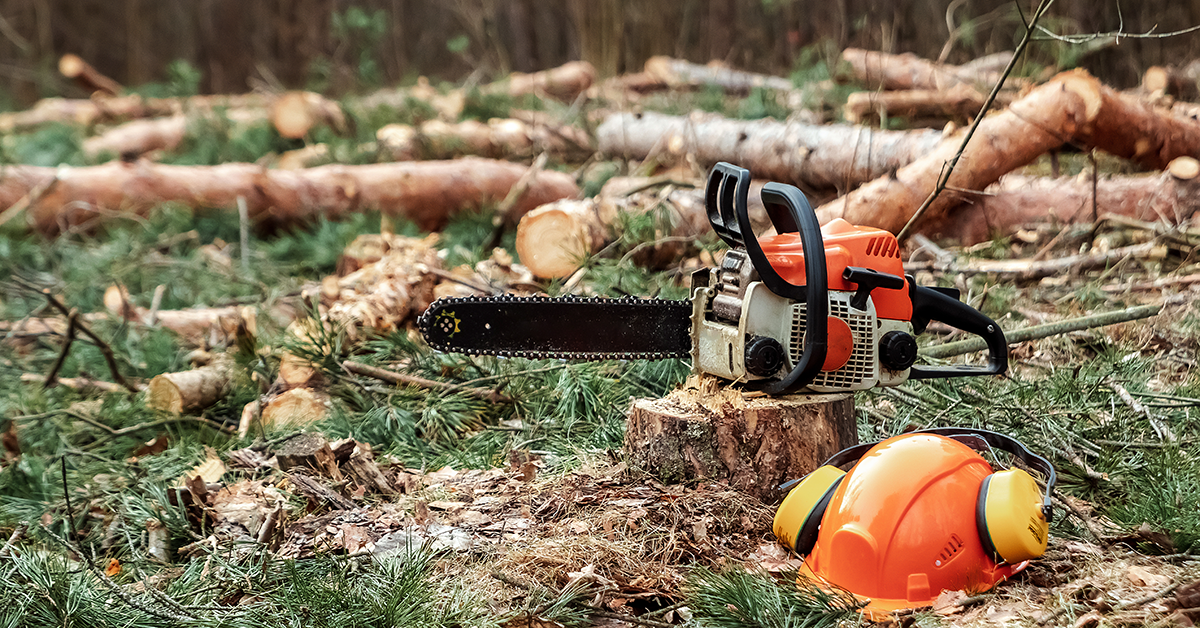
Several independent studies¹,⁴ have found that areas with repeated trampling of the ground reduced fruiting body numbers. Compacted soils worsen conditions for the growth and development of ectomycorrhizae which means mushrooms are less likely to sprout up where the ground is being trampled. More importantly, we need to remember that our presence in the forest doesn’t just affect fungi. Delicate and endangered plant species are absolutely damaged by trampling. Sensitive animal species, like some salamanders, are affected when you rearrange stones in shallow streams. Effort should be made to leave as little of an impact on the surrounding area as possible when foraging. Pack out anything you pack in and pick up any trash you come across to leave the area in better condition than you found it.
The Biggest Threat to Mushroom Biodiversity
What is the number one threat to fungi? Habitat destruction. Many mushrooms need mycorrhizal relationships with plants and trees to survive and we are wiping out the environments that support these plants and trees at an alarming rate. Large scale logging doesn’t allow stands of trees long enough to form mycorrhizal relationships. Research³ indicates that Chanterelle mushrooms, for example, do not fruit for the first 10 to 20 years of stand growth. Mushrooms are just a part of a whole natural system that works together to thrive and flourish. By impacting one part of this system, we impact all of it. Protecting our wild spaces is pivotal to ensure the survival of a whole ecosystem that fungi are an integral part of.
Always Forage With Permission
Respect the rules of natural areas that don’t allow foraging. Some natural areas require that you stay on paths and do not collect mushrooms in order to prevent trampling of areas that are home to sensitive or protected plants or animals. If you come across signs indicating that an area is a Wildlife Restoration Area, respect the boundary.
How To Forage Responsibly
How can you help ensure the survival of our fungi friends?
- Take great photos and post them to iNaturalist or Mushroom Observer. The mycological community in general is in desperate need of data. We can not protect what we don’t know is there! The first step for any future conservation effort is to record what occurs where.
- Carry out any trash you may come across.
- Leave the small, old or damaged mushrooms behind. Only collect what won’t go to waste.
- Be cognizant of the plants in your foraging area and try to do as little damage as possible.
- Respect natural spaces that are closed to foraging and Wildlife Restoration Areas.
- Encourage species diversity on your property by propagating native trees, plants and grasses.
- Do what you can to protect our wild spaces. Mushrooms don’t grow in parking lots.
Together, we can work to make a difference in areas that actually affect the future of fungi and ensure our children and grandchildren can experience the joy of foraging too.
References: Egli, S., M. Peter, C. Buser, W. Stahel, and F. Ayer. 2006. Mushroom picking does not impair future harvests— results of a long-term study in Switzerland. Biological Conservation 129: 271-76
Norvell, L. 1995. Loving the chanterelle to death? The 10-year Oregon chanterelle project. McIlvanea 12: 6–25
Pilz D., L. Norvell, E. Danell, and R. Molina. 2003. Ecology and management of commercially harvested chanterelle mushrooms. United States Department of Agriculture, Portland.
Amaranthus, M.; Pilz, D. 1996. Productivity and sustainable harvest of wild mushrooms. In: Pilz, D.; Molina, R., eds. Managing forest ecosystems to conserve fungus diversity and sustain wild mushroom harvests. Gen. Tech. Rep. PNWGTR-371. Portland, OR: U.S. Department of Agriculture, Forest Service, Pacific Northwest Research Station: 42–61.
